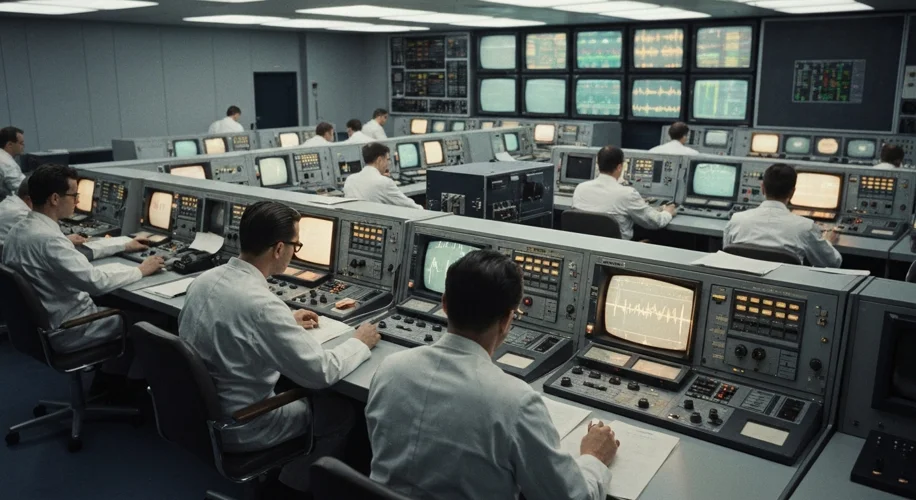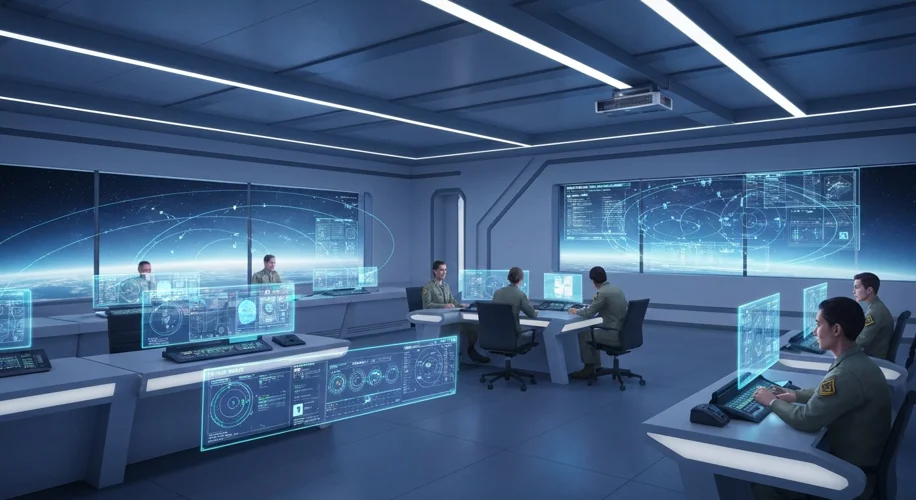The vast, silent theater of space, once the exclusive domain of science fiction and intrepid explorers, is increasingly becoming a critical battleground. Today, September 3, 2025, marks a significant moment in this evolving landscape, as the United States formally announces the relocation of its Space Command headquarters. This move is more than just a logistical shift; it’s a powerful declaration of space’s growing strategic importance in national defense.
For decades, the United States has recognized the potential of space, initially focusing on reconnaissance and communication. The early days were shaped by the Cold War, a period where technological superiority was paramount. Satellites played a crucial role, providing invaluable intelligence and enabling global communication. Yet, these were largely defensive, passive operations. The concept of weaponizing space or actively defending it against adversaries was still in its nascent stages.

The announcement today, however, signals a definitive pivot. The establishment and elevation of Space Command reflects a profound understanding that space is no longer just a place for observation, but a domain where national interests can be both threatened and defended. This strategic reorientation is the culmination of years of increasing awareness of the vulnerabilities and opportunities present in orbit.
Key actors in this unfolding drama are not just the military strategists and policymakers. They include the scientists pushing the boundaries of orbital mechanics, the engineers designing advanced satellite technology, and even the pioneers of private space exploration, whose innovations are rapidly changing the accessibility and utility of space. The perspective has shifted from a purely scientific endeavor to one intrinsically linked with national security, economic prosperity, and global influence.
The core of the event today is the formalization of this strategic shift. While Space Command has existed in various forms, its recent establishment and the decision to centralize its headquarters underscore a commitment to making space a fully integrated component of defense strategy. This means developing capabilities for space-based defense, understanding the threats posed by potential adversaries, and ensuring the United States maintains a decisive advantage in this new domain.
The implications of this move are far-reaching. For national defense, it means a more coherent and unified approach to space operations, enhancing readiness and responsiveness. It signals to the world that the U.S. views space as a vital national asset, deserving of robust protection and strategic investment. On a broader level, it could spur further international dialogue and cooperation, or conversely, escalate a new kind of arms race in orbit. The economic impact, too, will be significant, driving innovation in space technology and related industries.
Analyzing this development, one can see parallels with historical moments when new frontiers emerged as critical arenas of power. Whether it was the control of maritime trade routes in centuries past or the race for air superiority in the early 20th century, the pattern is similar: as a new domain offers strategic advantages, nations inevitably invest in its mastery and defense. Space Command’s elevated status is the latest chapter in this ongoing narrative of human ambition and strategic adaptation. The move to a new headquarters is not just about bricks and mortar; it is about laying the foundation for a future where command and control in space are as critical as any terrestrial operation, ensuring that the echoes of the past guide us wisely into the new frontier.

